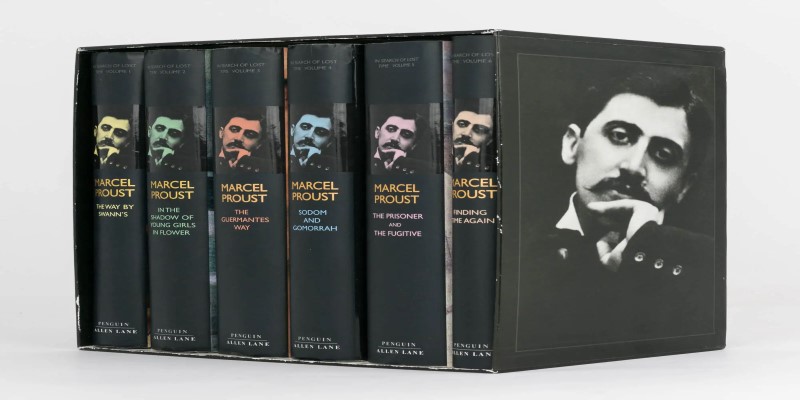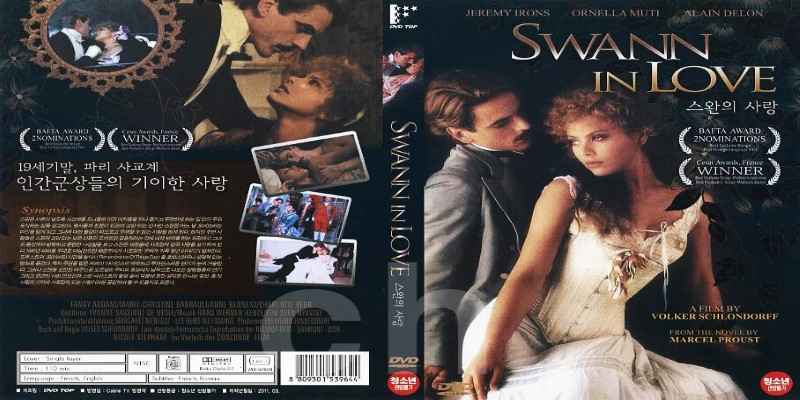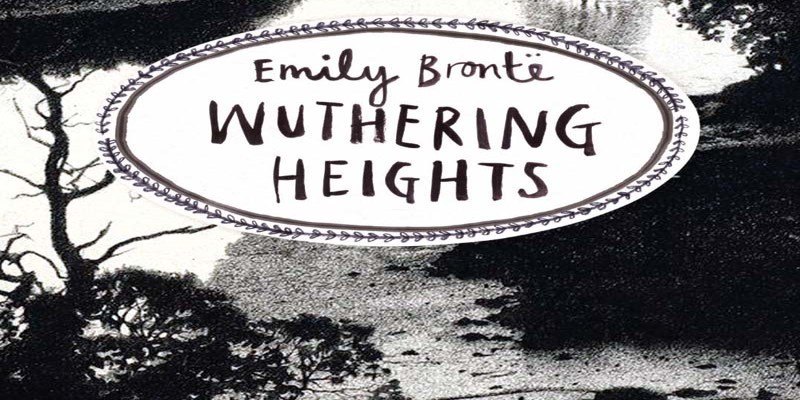Marcel Proust's "In Search of Lost Time" is a classic book that has impacted literature. Let's delve into the various aspects of this remarkable work, exploring its publication history, synopsis, themes, English-language translations, and adaptations.
Published in seven parts between 1913 and 1927, "In Search of Lost Time" remains a literary triumph. A dedicated French author, Marcel Proust, invested considerable time in crafting this monumental masterpiece. The novel's distinctive publication history enhances its allure, as each segment seamlessly weaves into the overarching narrative.
The endeavor to deliver Proust's magnum opus spanned years, underscoring the intricacy and profound depth of the work. Discovering this literary masterpiece reflects Proust's careful and intentional approach, with each part contributing significantly to the intricate narrative.
Embark on a literary odyssey through the volumes of Marcel Proust's magnum opus, "In Search of Lost Time," as we unravel the intricacies of time, memory, and the human experience.
Volume 1: Swann's Way (1913) The literary odyssey commences with "Swann's Way," as Marcel Proust introduces us to the protagonist, Marcel, whose journey begins with the evocative taste of a madeleine dipped in tea. This volume delves into Marcel's childhood in Combray, setting the stage for his exploration of involuntary memories. The enigmatic Charles Swann takes center stage, becoming a pivotal figure intricately woven into the novel's fabric.
Volume 2: In the Shadow of Young Girls in Flower (1919) Continuing the narrative, this volume unfolds Marcel's adolescent years and his infatuation with Gilberte. Love and jealousy become thematic focal points, introducing new characters and delving deeper into the complexities of societal relationships. Proust's exploration of human emotions gains momentum.
Volume 3: The Guermantes Way (1920-1921) The aristocratic Guermantes family assumes prominence in this volume, guiding Marcel through high-society salons. The intricate layers of social hierarchy and the profound impact of World War I on French society come to the fore, adding depth to the narrative.
Volume 4: Sodom and Gomorrah (1921-1922) Venturing into the uncharted territory of sexuality and societal norms, "Sodom and Gomorrah" explores the hidden facets of human relationships. Marcel's keen observations on desire and the challenges faced by LGBTQ+ characters contribute to the novel's rich tapestry.
Volume 5: The Captive (1923) Shifting focus to Marcel's romantic entanglements, particularly with Albertine, this volume probes themes of possessiveness, jealousy, and the intricacies of love. The complexities of Marcel's emotions take center stage as he grapples with the nuances of human connections.
Volume 6: The Fugitive (1925) Marcel's relationship with Albertine deepens, unveiling the fragility of human connections and the elusive nature of happiness. Themes of time's impact on characters' lives become more pronounced as the narrative weaves a tapestry of profound reflections.
Volume 7: Time Regained (1927) The epic culmination arrives with "Time Regained," where Marcel reflects on the transformative power of art and the role of memory in shaping identity. Closure, redemption, and the cyclical nature of time converge, providing a contemplative conclusion to this literary masterpiece. Marcel Proust's exploration of the human experience resonates, leaving an indelible mark on readers.
Memory and Time: Proust intricately weaves the theme of memory throughout the narrative. The narrator's involuntary memories, often triggered by mundane experiences, serve as a central element. Time becomes a fluid entity, with the past constantly influencing the present.
Love and Relationships: The novel dissects the complexities of love and relationships. It explores the impact of unrequited love, jealousy, and societal expectations on the characters. Proust's portrayal of human emotions resonates with readers on a deeply personal level.
Social Observations: Proust keenly observes and critiques the societal norms of his time. The book thoroughly examines the upper and middle classes, illustrating the changes in French society during the late 19th and early 20th centuries.

The multilayered narrative of "In Search of Lost Time" unfolds in English through the hands of diverse translators, each adding a distinctive nuance to Marcel Proust's prose. Notably, Charles Kenneth Scott Moncrieff's renowned translation, initiated in the 1920s, is a literary milestone. However, the journey into the English language doesn't end there. C.K. Scott Moncrieff and Terence Kilmartin have also lent their skills to render Proust's work accessible to English readers.
In more recent times, translators like Lydia Davis have contributed fresh perspectives, enriching the linguistic landscape of the novel. Through these varied translations, English-speaking audiences are granted an entrance into the profound beauty of Proust's intricate expressions, showcasing the enduring allure of his literary legacy.
Proust's masterpiece has thrived in the literary realm, inspiring numerous adaptations across different mediums.
Film and Television: Several film and television adaptations have attempted to capture the essence of "In Search of Lost Time." These adaptations vary in their interpretations of Proust's intricate narrative, offering visual representations of the novel's complex characters and themes.
Theater and Radio: The novel has also found its way onto the stage and into radio productions. The challenge of bringing Proust's intricate prose to life in these mediums has been met with creativity and innovation, with directors and actors seeking to convey the depth and subtlety of the original work.
Visual Arts: Proust's exploration of art and aesthetics in the novel has inspired visual artists. Painters, sculptors, and other creators have drawn inspiration from the vivid imagery and profound insights in the pages of "In Search of Lost Time."

"In Search of Lost Time" continues to be a literary touchstone, inviting readers into a world of profound introspection and exploration of the human condition. Proust's masterpiece showcases rich themes, a detailed story, and timeless relevance, proving how literature can reveal the complexities of our lives over time.

By Frederica/Apr 20, 2024

By Frederica/Apr 01, 2024

By Eleanor/Apr 15, 2024

By Susan Kelly/Mar 12, 2024

By Pamela Andrew/Apr 13, 2025

By Susan Kelly/Apr 21, 2024

By Frederica/Apr 15, 2024

By Susan Kelly/Mar 11, 2024

By Lucy Lee/Feb 28, 2024

By Pamela Andrew/Feb 28, 2025

By Elva Flynn/Feb 28, 2025

By Pamela Andrew/Apr 02, 2025